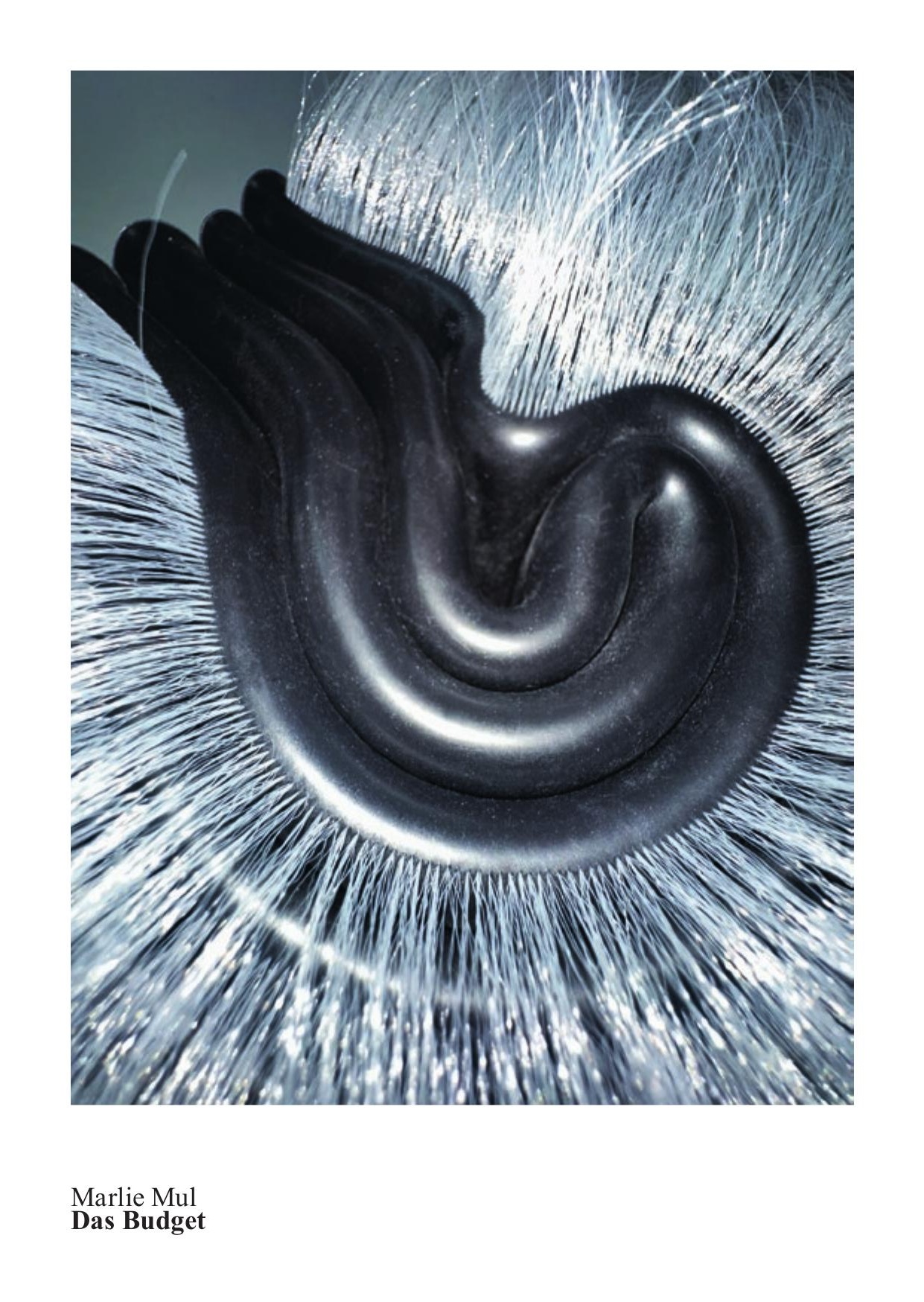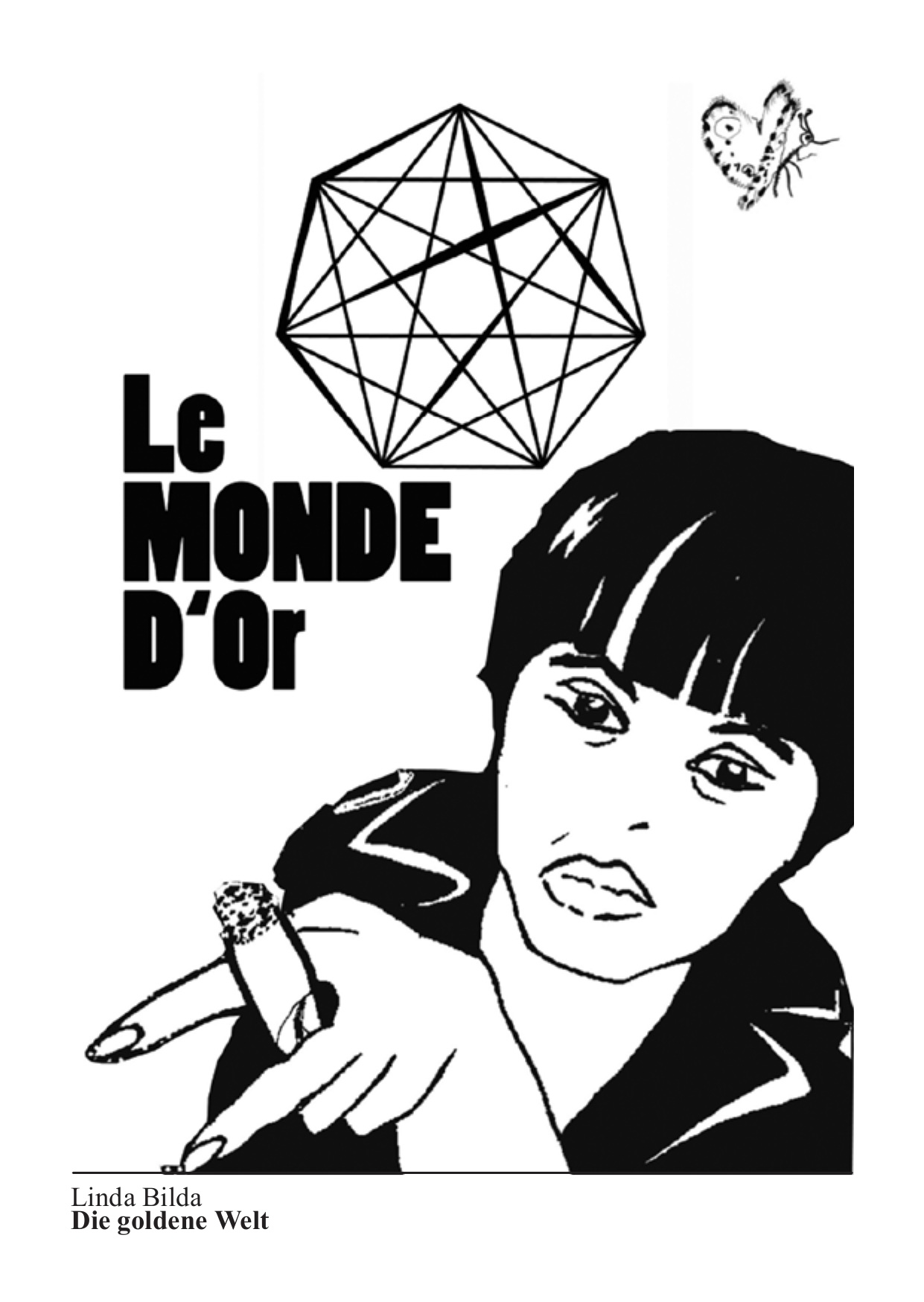15.2. – 3.5.2009
Davide Cascio A Portrait of the Man as a Building
Ticino artist Davide Cascio (b. 1976) plumbs the past and present for potentially utopian ideas from architecture, design, literature and society. James Joyce’s Ulysses, le Corbusier’s Esprit Nouveau and Yona Friedman’s urbanistic superstructure models have acted as horizons for his intellectual expeditions, as have everyday worlds of advertising and desire from the 1960s and 70s. Cascio uses simple material such as cardboard, wood and neon to create allegorical installations that reflect obsessions, hopes and dreams of social progress. Parallel with these, he always also shows collages in which he combines seductive images from advertising and fashion magazines into retro-futuristic scenarios. His works act as a commentary upon the metaphysical promise of a harmonic, human-adapted living and dwelling space, which has repeatedly been in great demand throughout the history of modernity and, with issues of mobility and high-tech, has continuing relevance today.
In Kunsthaus Glarus Cascio particularly takes utopian architectural concepts as a starting-point for his works. Starting out from the grid structure of the floor tiles of the side-light room he is building a spatial installation, mobile building (version II, 2009), that refers to Friedman’s Ville Spatiale and Le Corbusier’s Ville Radieuse. Both philosophies start out from comparable concepts of society and construction, for instance the raster structure of the multi-storey concrete construction, the curtain-wall facing and the ‹Modulor› structure of the housing unit, carried by Pilotis. Organisation of the living unit according to human scale, aggregation and standardisation are concepts for better living conditions with of growing cities’ increasing scarceness of space. Both architects conceived vertical urban structures, which were laid as bridges over existing cities and landscapes especially by Friedman. Friedman conceived the living environment of the future residents extendable in a flexible and mobile way. Since the 1970s he has extended his living and dwelling projects for developing countries and social projects with self-sufficient systems. He is committed to the communication and development of simple construction using local materials and building methods, and attempts in this way to bring about the social utopia of egalitarian social structures.
Cascio transposes these utopian visions in a model-like way. As in Friedman’s work, the modular character of the installation in Kunsthaus Glarus means it is, notionally, infinitely extendable. The Glarner Volkspark in the external space of the transparent pavilion building of the Kunsthaus provides a real background to the installation and refers to its location in the landscape, which was also centrally important in Friedman’s as well as Le Corbusier’s urbanistic projects. Parallel with this, Cascio also integrates works from the collection of the Glarner Kunstverein, such as Hermann Haller’s classicist bronze figure Flora (1908) – a striding, naked, flower-strewing girl – and thus interprets in exemplary fashion the archaic theme of man’s relationship with his natural environment. In a comparable way Ludwig Mies van der Rohe integrated a female bronze figure (Dawn by Georg Kolbe) into the external area of the Barcelona pavilion, which related to the notion of human scale in architecture and the close relationship between architecture and sculpture.
In the skylight room, too, man’s relationship with the built environment is centre stage. In the installation columns for a round barn (2009) Cascio places two columns with a wooden structure and neon tubes. He uses wood as a reference to simple building, to the hut as an archetypical living space and creates thereby a reference to crafting of alternative habitats by self-sufficient communities. The basic geometrical principle of the wooden column, the hexagon, is used as a basis for ornamental compositions Islamic culture. The geometrical principle can be multiplied endlessly and is a metaphor for perfect beauty and infinity in Islam. Similar geometries like circles, hexagons and stars emerge in Cascio’s collages. They reflect the different uses of the universal principle both of natural, as well as technological structures. The passion for beauty and truth, the close relation of individual and universe, micro and macrocosm are central to Cascio’s mental spaces. They reflect a timeless utopia of a better life, harmony of man and his environment, nature and technology and the hope for a world worth living in future times.
Cascio belongs to a young generation of contemporary artists who establish precise reference systems within the history of modernity. For the viewer the complex net of references on art and architecture, Classicism, Modernism and Postmodernism, Constructivism, Minimal and Pop are starting points for their own mental expeditions.

















